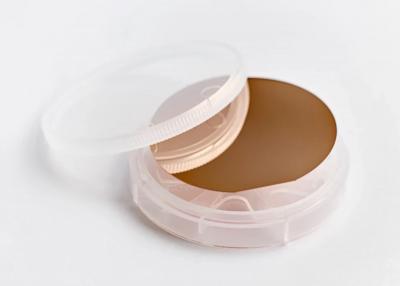Versarien reports widened loss while focusing on commercialization
 Versarien has announced a widening loss in the first half of its current financial year.
Versarien has announced a widening loss in the first half of its current financial year.
The materials company's pretax loss widened to GBP 2.1 million (around $2.8 million USD) in the six months to the end of September from GBP 732,000 (about $982,000 USD) loss a year earlier, as revenue dropped by 16% to GBP 4.4 million from GBP 5.2 million.



